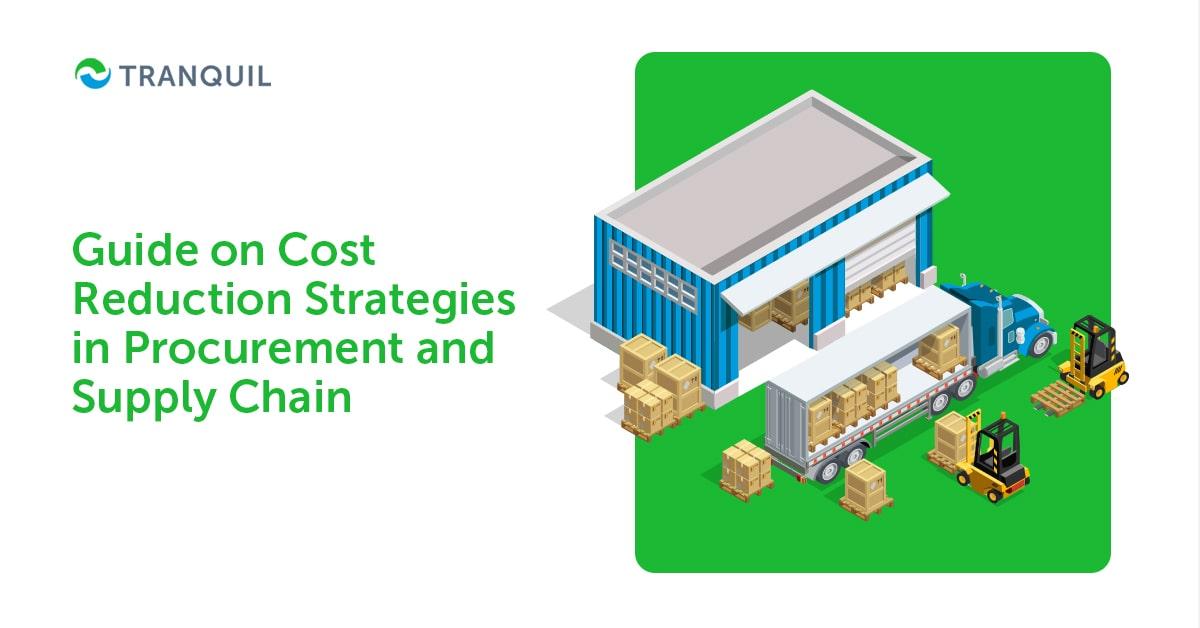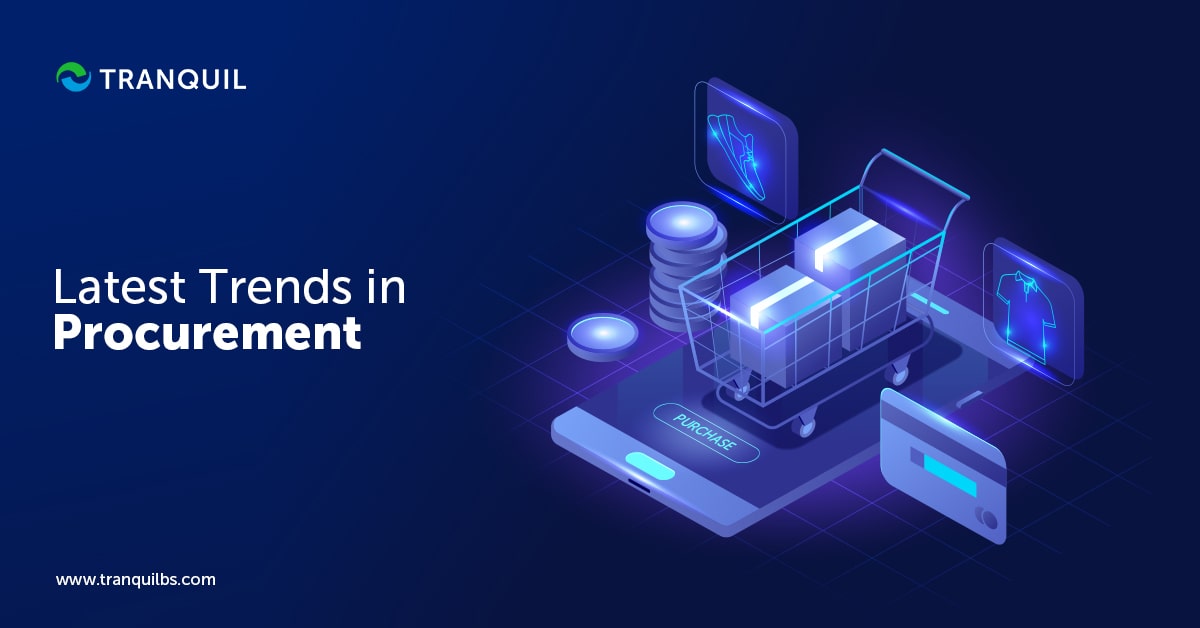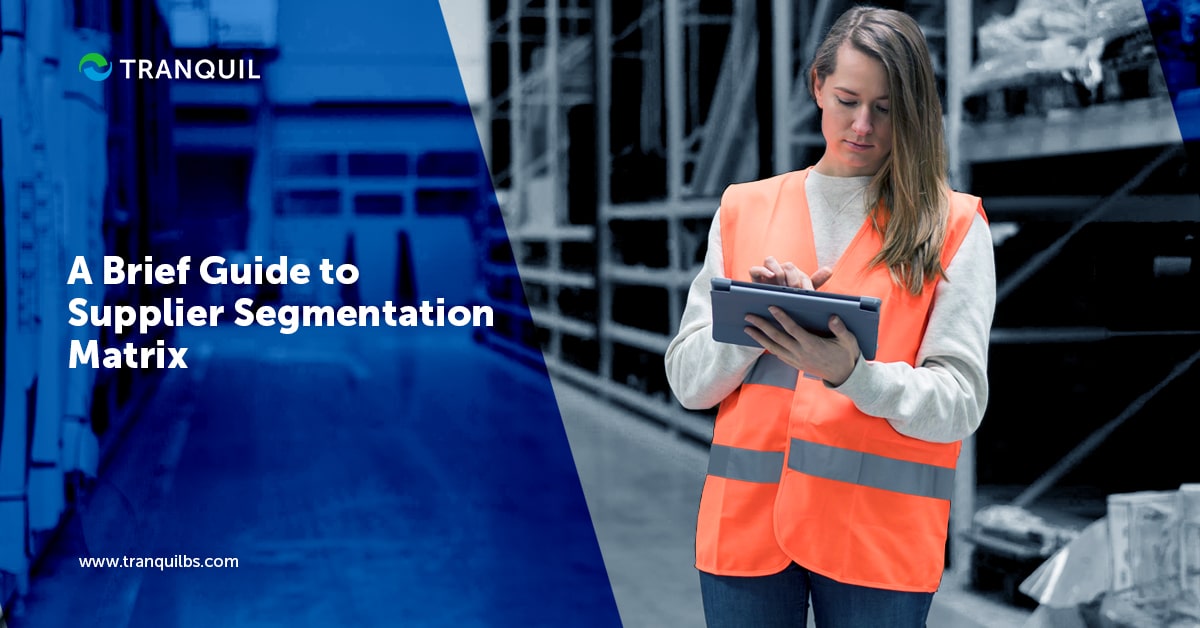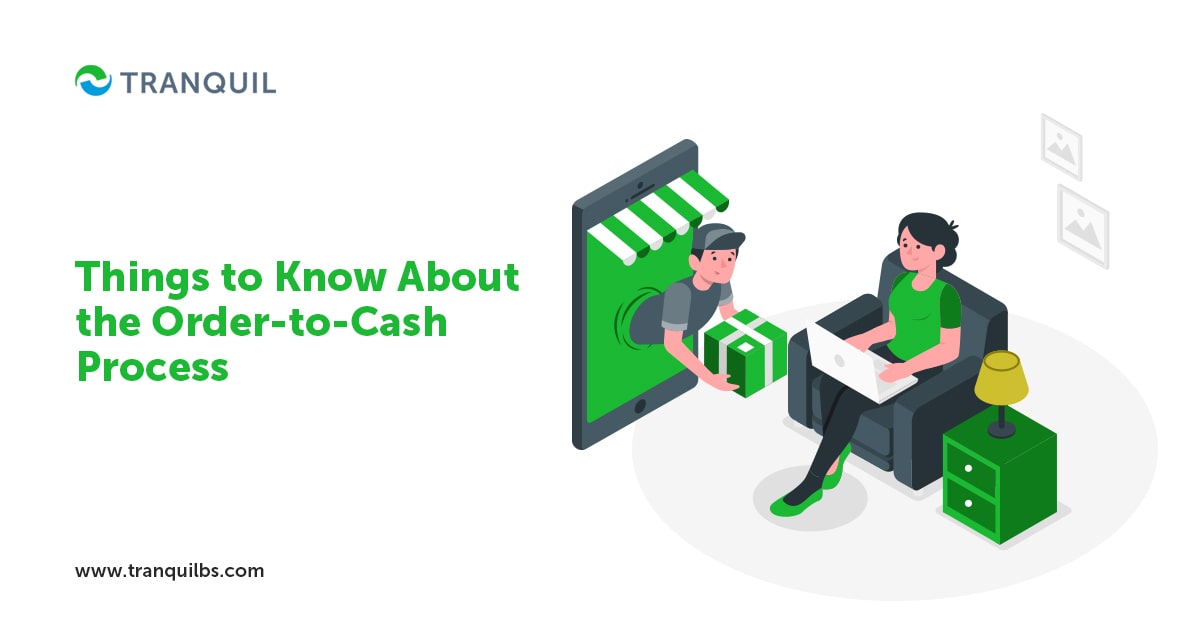
Guide on Cost Reduction Strategies in Procurement and Supply Chain
High costs of procurement can have a negative impact on the profitability of your business, and you have to plan meticulously to avoid that.
Apart from reducing expenses, you also need to manage your vendors better to improve your bottom line.
But there is no cause for worry; from easily implemented to time-consuming and complex cost reduction strategies in procurement, we have them all laid out for you.
ALSO READ: Inventory Reduction Strategies
Cost Reduction Strategies in Procurement
1. Request Supplier Discounts
While this may seem simplistic, it’s actually very important, and one of the easiest ways to reduce your procurement expenses.
It becomes easier when you purchase regularly from a few specific vendors and build a good relationship with them; it puts you in a stronger bargaining position.
Negotiate with them; you can offer early payment or bigger orders.
Even a small percentage of discounts can bring you significant net savings – more so, if the vendor supplies large volumes of materials regularly.
You can also make a blanket purchase order which allows you to get products from the vendor at the same price for some time.
ALSO READ: What is Cross Docking?
2. Review Contracts to Plug Spending Leak

This leak can take place beyond the terms of the contract.
This is why it is imperative that you diligently track purchases to ascertain if they are in compliance with contract and payment terms.
Those purchases which don’t adhere to the contract can lead to spending leaks.
You must identify such purchases and take the necessary steps to stop them from occurring in the future.
Unchecked leaks can lead to a flood of money going out of the business that is not really bringing you value.
Reviewing your contracts every once in a while is an important procurement cost reduction method.
ALSO READ: Understanding the Importance of Distribution Management
3. Consolidate Spending
If your organization is large and has considerable procurement requirements, consider consolidating your purchases, and thereby your expenditure on a few specific vendors.
This can be more beneficial rather than having disparate vendors.
When you source several products from the same vendor, you get the advantage of economies of scale and gives you a better shot at negotiating for better payment terms, discounts, and so on.
However, it might be prudent to have a backup list of vendors who can be relied on to deliver if your main vendor is facing issues and unable to deliver on time.
ALSO READ: BI vs ERP
4. Review Purchasing Needs

Before you actually make the decision to purchase, you may want to take a look at your inventory.
Consider strategies to dispose of unsold products.
Dead stock can be very problematic and drain your finances in terms of carrying costs and missed sales opportunities, eating up shelf space of more profitable products.
Whether it’s direct or indirect materials, make sure whether you really need them, and also how much you need.
This will help you reduce your inventory and warehousing expenses.
Before placing new orders, review inventory levels, and first see if you can use up what is there on hand.
5. Prevent Maverick Spending
Maverick spending refers to purchases that happen outside the procurement policy.
They can be made by persons not authorized to make the purchases or from vendors who are not the preferred ones.
This inefficient procurement must be identified and prevented as soon as possible.
For this, it is absolutely essential that you have a robust procurement policy in place and strictly enforce it.
Be very mindful of who is authorized to place orders, and ensure that the procurement department is aware of who has to do what and is responsible for what in the entire process.
ALSO READ: Common Inventory Management Problems and Solutions
6. Evaluate the Product Life and Quality
To reduce expenses, you don’t have to compromise on quality.
You must also think about sturdiness and the shelf life of the product.
A product may be comparatively expensive but may not necessitate repairs or replacement for a long time; it is worth having such products.
On the other hand, if you need something for temporary use, you don’t have to buy the best quality.
You can choose a mid-range product.
Always evaluate your need and strike a balance between quality, durability, and cost.
ALSO READ: Implementing Artificial Intelligence in Procurement
7. Regularly Review Suppliers
It’s a good idea to assess your vendors on a regular basis, and check their performance.
Ensure whether they are delivering products as per your specifications, at competitive prices, and in time.
If a vendor doesn’t satisfy these expectations, remove them, and look for new vendors who can meet these requirements.
This will help you in supply chain cost reduction and optimize your spending.
ALSO READ: Essential Procurement KPIs You Cannot Ignore
8. Implement Self-service Portals for Suppliers
Having a self-service portal that will help suppliers to manage their accounts, communicate with your business, and view transactions will help you save a lot of time and effort.
No more repeated back-and-forth communication to ensure that the deliveries are as per your specifications.
This is especially helpful if you are a large business with several vendors.
9. Leverage Procurement KPIs
By setting up procurement metrics, you can identify opportunities to improve your procurement processes, as the tracking data will provide insights into your performance.
ROI of procurement activities, cost per invoice, compliance rate, supplier lead time, number of emergency purchases, and PO cycle time are some of the KPIs you can configure and track.
To see how efficient the procurement department is, it is essential that you set the metrics relevant to your company, and monitor them.
This can help you save expenses significantly, provided you implement it the right way.
10. Set Clear Procurement Policies

This is one of the important cost reduction strategies in supply chain.
Craft a robust procurement policy with unambiguous parameters for procurement and purchases, and it will help in cost reduction.
With a thorough framework in place, you can make it easy for everyone to follow the policy, avoid unnecessary purchases, and ensure a smooth supply chain process.
you must also assess your procurement practices and check if they are in line with your business strategy and your budget.
You can review it annually and change or improve aspects that are inefficient.
ALSO READ: Detailed Guide on Budget Variance Analysis
11. Examine your Replacement Strategy
Your item replacement methods can also impact your bottom line.
Every component doesn’t need to be replaced regularly.
Critical machine parts need regular replacement to ensure proper machine operations, but consumables only need replacement when it’s required.
You also need to factor in the lead time and cost of waiting to get a replacement.
Your supply chain should not be disrupted waiting for a trivial replacement.
ALSO READ: What is Goods Received Note and Why is it Important?
12. Consider Outsourcing
You can think of outsourcing procurement functions that are not the most essential ones, to third-party providers.
When it comes to security, managing facilities, logistics, and transportation, it is especially suitable.
These providers are specialists and can help with cost reduction in supply chain management.
Benefits include:
- Reduced expenses thanks to their economies of scale (they combine all their customers’ needs)
- Release internal resources and direct them towards more important tasks
- Get access to market knowledge and global expertise in segments where you lack experience
- Specialists manage negotiations and contracts
13. Use Technology

Several software solutions are available that help to automate and streamline either the whole procurement process – like Tranquil, or even parts of it.
These can significantly help you save expenses.
Automation reduces dependability and expenses associated with human effort, especially in tasks like vendor on-boarding, evaluating vendor performance, daily operations management, and so on.
Manual processing not only takes time, it is also prone to errors, and some of them can be expensive.
Your team can concentrate on tasks that add real value.
The cost incurred in investing in the system will pay off in the long run.
ALSO READ: Importance of Reorder Point in Inventory Management
14. Employ Category Management
Category management aims to group together types of expenses historically and manage them across the whole procurement lifecycle.
This has to be well thought out and planned.
Once implemented, this strategy will allow procurement teams to utilize their time optimally, and avoid resource wastage due to repetitive transactional purchases.
It will allow you to leverage cumulative expenditure on a product to offer more volume to vendors.
This measure can identify opportunities to save costs within short times.
ALSO READ: Benefits of Integrating E-Commerce and ERP
15. Centralise Procurement
Savings opportunities are often drowned in the sea of transactions when the procurement structure is not centralized.
There are more instances of purchase duplication and maverick spending in such an environment.
Centralization helps to have a unified sourcing strategy; you can also implement a tool to analyze global spends.
With a rationalized supplier database, you can create competition among suppliers and enjoy reduced prices.
ALSO READ: What is Demand Planning and Why It is Important?
16. Improve Risk Management
By managing risks related to procurement, you can be ideally prepared to take care of unforeseen events and eliminate non-budgeted expenses.
Depending on a specific supplier is one of the biggest risks for businesses, and hence it makes sense to have backup suppliers.
Be aware of contract terms and stay in touch with vendors to avoid logistics problems.
17. Data Collection and Centralization

To understand your business performance properly, you must gather data accurately, Data from all departments must be integrated to get a clear idea.
Only when you have data from across the organization on one page, will important KPIs give you proper insights – inventory carrying costs, lead time, and turnover ratio.
Centralized databases can help you see what to purchase, how much to purchase when to purchase, and at what frequency as well; it can even help you understand if a particular vendor needs to be changed.
You can get reports and guides in real time to implement cost-reduction strategies in procurement.
ALSO READ: What Is Cloud Data Protection?
18. Integrate Procurement Systems
While you can automate only certain tasks in the procurement system, it is not really optimal.
You must integrate the different systems like inventory, purchasing, accounting, and so on for a smooth working from start to finish.
This way you can reduce labor expenditure and eliminate mistakes.
Your supply chain is complete and you can easily control all your business functions.
ALSO READ: Why ERP User Interfaces are Important?
19. Train your Staff
Procurement is an organizational problem, and not limited to procurement alone.
Ergo, you need to educate your staff on procurement best practices and encourage them to come up with ideas to reduce costs.
Cutting down spending is a team effort – whether it is sustainable procurement methods or business operations.
Your team must inculcate a mindset to reduce purchasing expenses, and optimize costs with best practices.
Tranquil’s procurement management software is the ideal solution to your procurement woes. Connect with us for a schedule demo, and we will be happy to show you how Tranquil can benefit your business.



